Preprint Club
A cross-institutional Journal Club Initiative
Submicron-Sampling of Living Cells by Macrophages
Fan et al. (BioRxiv) DOI:10.1101/2025.04.10.648051

Keywords
● Macrophages
● Trogocytosis
● Peripheral self-tolerance
Main Findings
This study delineates a previously uncharacterized mechanism by which macrophages acquire material from viable cells via a non-destructive, contact-dependent process akin to trogocytosis, referred to by the authors as a "trogocytosis-like" mechanism. Unlike canonical trogocytosis, this process involves the internalization of submicron vesicles containing plasma membrane and cytosolic components of viable cells without inducing donor cell death. Through advanced live-cell imaging, the authors captured real-time vesicle formation events following macrophage-donor cells physical interaction. Moreover, employing organelle flow cytometry, they tracked the intracellular fate of ingested material. The vesicles generated through this mechanism exhibit alternative endocytic trafficking patterns, circumventing lysosomal compartments. Notably, the internalized antigens are selectively presented via MHC class I pathways, thereby favoring CD8⁺ T cell activation over CD4⁺ T cell responses. These findings suggest that trogocytosis-like sampling constitutes a constitutive mode of self-antigen acquisition by macrophages, with important potential implications for peripheral immune surveillance, maintenance of self-tolerance, and immune modulation within the tumor microenvironment.
Limitations
• The molecular mechanisms that initiate and regulate this trogocytosis-like process remain undefined. Key questions, including: How is this process selectively triggered upon cell-cell contact, and how is it mechanistically distinct from classical trogocytosis, remain open. When does a macrophage decide to adopt trogocytosis versus trogocytosis-like sampling? It is also unclear how a targeted cell actively participates in the formation of protrusion that gives rise to the sampled submicron vesicle. The submicron size of the vesicles and the transient, dynamic nature of the interactions necessitate the use of advanced, high-resolution imaging platforms, which currently limit the accessibility and reproducibility of these observations in broader research contexts. Elucidating specific molecular regulators uniquely associated with this process is essential to establish its biological and clinical relevance.
• The authors predominantly focus on macrophages, yet it remains unclear whether togocytosis-like sampling extends to other antigen-presenting cells such as dendritic cells or monocytes.
• While enhanced activation of CD8⁺ T cells was observed in response to trogocytosis-like-derived antigens, the broader immunological consequences—such as the induction of tolerance or potential T cell exhaustion—remain unexplored but would yet pose as supporting and strengthening data to the authors’ observations and model.
• The authors suggest that submicron sampling occur mechanistically distinct from classical trogocytosis. However, employing the term “trogocytosis-like” may be misleading and could unintentionally diminish the novelty and impact of the discovery. A distinct nomenclature or better comparison between the observed mode of sampling and other pathways may be advantageous to convey the uniqueness of this sampling mechanism.
Significance/Novelty
This preprint identifies a previously uncharacterized antigen sampling mechanism by which macrophages acquire submicron vesicles from live, intact cells in a non-lytic, contact-dependent, and caspase-independent manner. Distinct from classical phagocytosis or trogocytosis, this mechanism redefines how immune surveillance and self-antigen acquisition occur under homeostatic conditions, offering a new conceptual framework for how peripheral tolerance may be maintained through steady-state interactions between immune cells and healthy tissue.
The study significantly expands the traditional paradigm of antigen sampling by demonstrating that viable cells can serve as a continuous source of antigenic material for immune presentation. This compels a re-evaluation of how self versus non-self discrimination and peripheral tolerance are maintained in steady-state tissues. The discovery that live-cell sampling promotes preferential CD8⁺ T cell activation via a non-degradative pathway provides new insight into non-canonical cross-presentation. From a clinical perspective, these findings may have key implications for understanding immune regulation in autoimmunity, optimizing tumor-targeting strategies (e.g., CAR-M), and improving vaccine design. However, the translational relevance remains speculative, as the study lacks in vivofunctional validation or preclinical therapeutic testing.
Credit
Reviewed by Sara Lamorte as part of a cross-institutional journal club between the Icahn School of Medicine at Mount Sinai, the University of Oxford, the Karolinska Institute and the University of Toronto.
The author declares no conflict of interests in relation to their involvement in the review.